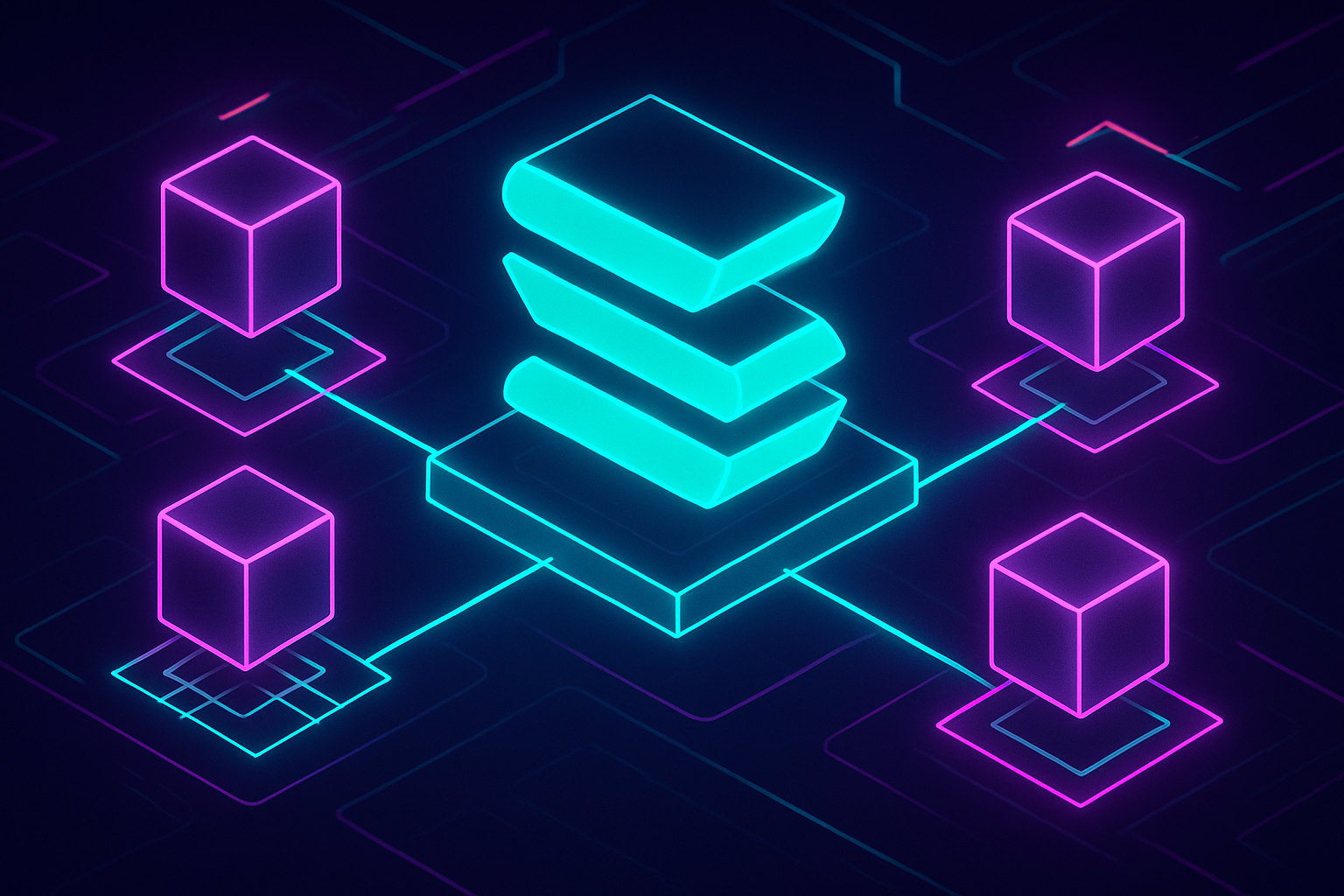
Solana has long led the charge in high-performance blockchain infrastructure, but the debut of ephemeral rollups is redefining what’s possible for elastic blockchain scalability. With Binance-Peg SOL (SOL) currently trading at $230.82, the Solana ecosystem is seeing a surge of developer interest in scaling solutions that don’t compromise on speed, composability, or cost. Ephemeral rollups, pioneered by MagicBlock, are emerging as a transformative approach to on-demand scalability for application-specific needs, especially in sectors like gaming, high-frequency trading, and decentralized social applications.

What Are Ephemeral Rollups? Temporary App-Chains for Real-Time Performance
Unlike traditional rollups that move execution off-chain for extended periods, ephemeral rollups are temporary execution environments spun up only when needed. When a Solana dApp faces a burst of activity, think a high-stakes in-game tournament or a spike in trading volume, specific program-owned accounts are delegated from the main chain to an ultra-fast, customized Solana Virtual Machine (SVM) validator. This validator runs outside the normal consensus and gossip protocol constraints, processing transactions at lightning speed before syncing the updated state back to Solana’s main chain.
This process is seamless: while the delegated accounts are locked (readable but not writable) on the base layer, all writes occur within the ephemeral rollup. Once the session ends, a verified commitment of the new state is posted back, preserving full composability with other smart contracts and assets. There’s no fragmentation or loss of synergy across the ecosystem, a critical advantage over isolated app-chains or traditional horizontal scaling approaches (source).
The Advantages: Ultra-Low Latency, Elastic Scalability, and Cost Efficiency
The technical leap here is significant. Ephemeral rollups routinely achieve end-to-end latencies under 50 milliseconds, compared to Solana’s already impressive 400-millisecond block times. For on-chain games or high-frequency trading platforms, this means real-time responsiveness that rivals Web2 experiences (details here). The elastic nature of these rollups allows developers to spin up dedicated environments only when traffic demands it, scaling to millions of transactions per second without persistent overhead.
Equally important is cost efficiency. By bypassing Solana’s standard fee market during rollup sessions, transaction costs drop to near-zero, making high-volume applications economically sustainable. This enables entirely new classes of dApps, think globally synchronized games or decentralized exchanges with orderbook-level speed, without pricing out users or developers (see MagicBlock’s HFT use case).
Key Benefits of Ephemeral Rollups on Solana
-

Ultra-Low Latency for Real-Time Apps: Ephemeral Rollups achieve end-to-end latencies below 50 milliseconds globally, enabling seamless experiences for on-chain gaming and high-frequency trading that rival traditional Web2 applications.
-
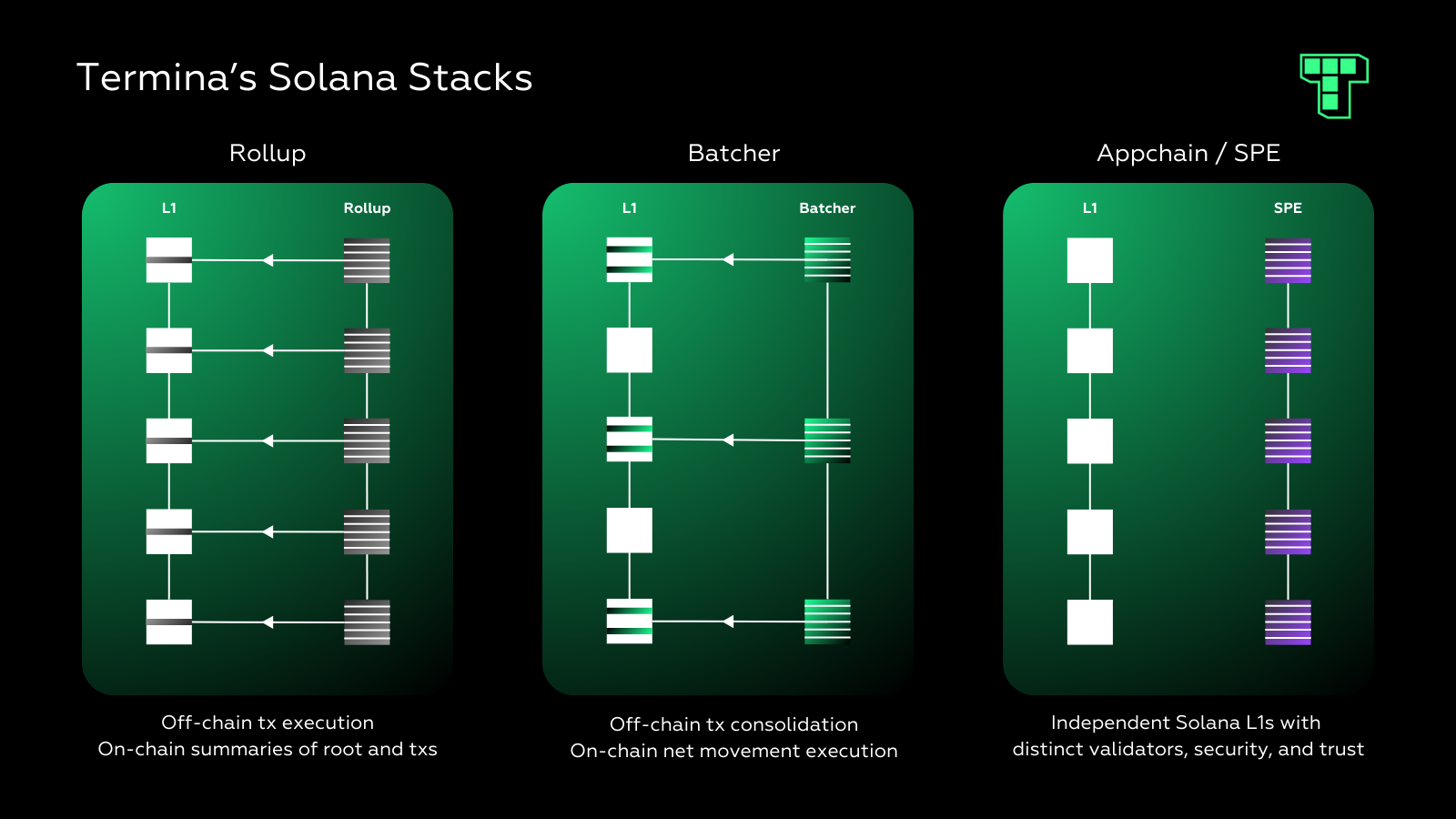
Elastic Scalability On Demand: Developers can spin up temporary, dedicated execution environments that process millions of transactions per second without impacting Solana’s mainnet performance, supporting surges in user activity.
-
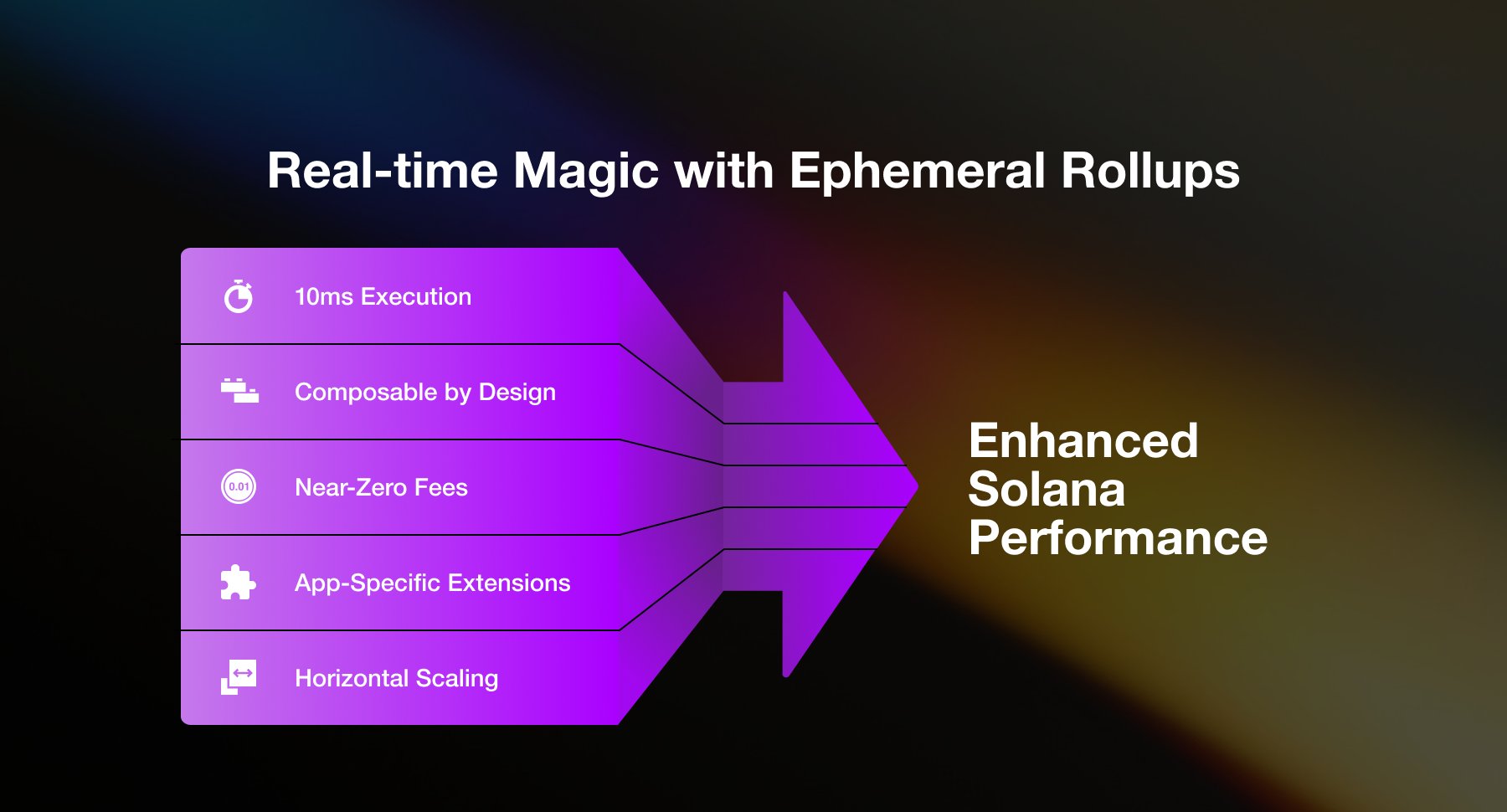
Near-Zero Transaction Fees: By processing transactions off-chain temporarily, Ephemeral Rollups dramatically reduce fees, making high-volume applications like gaming and social platforms economically viable for both developers and users.
-
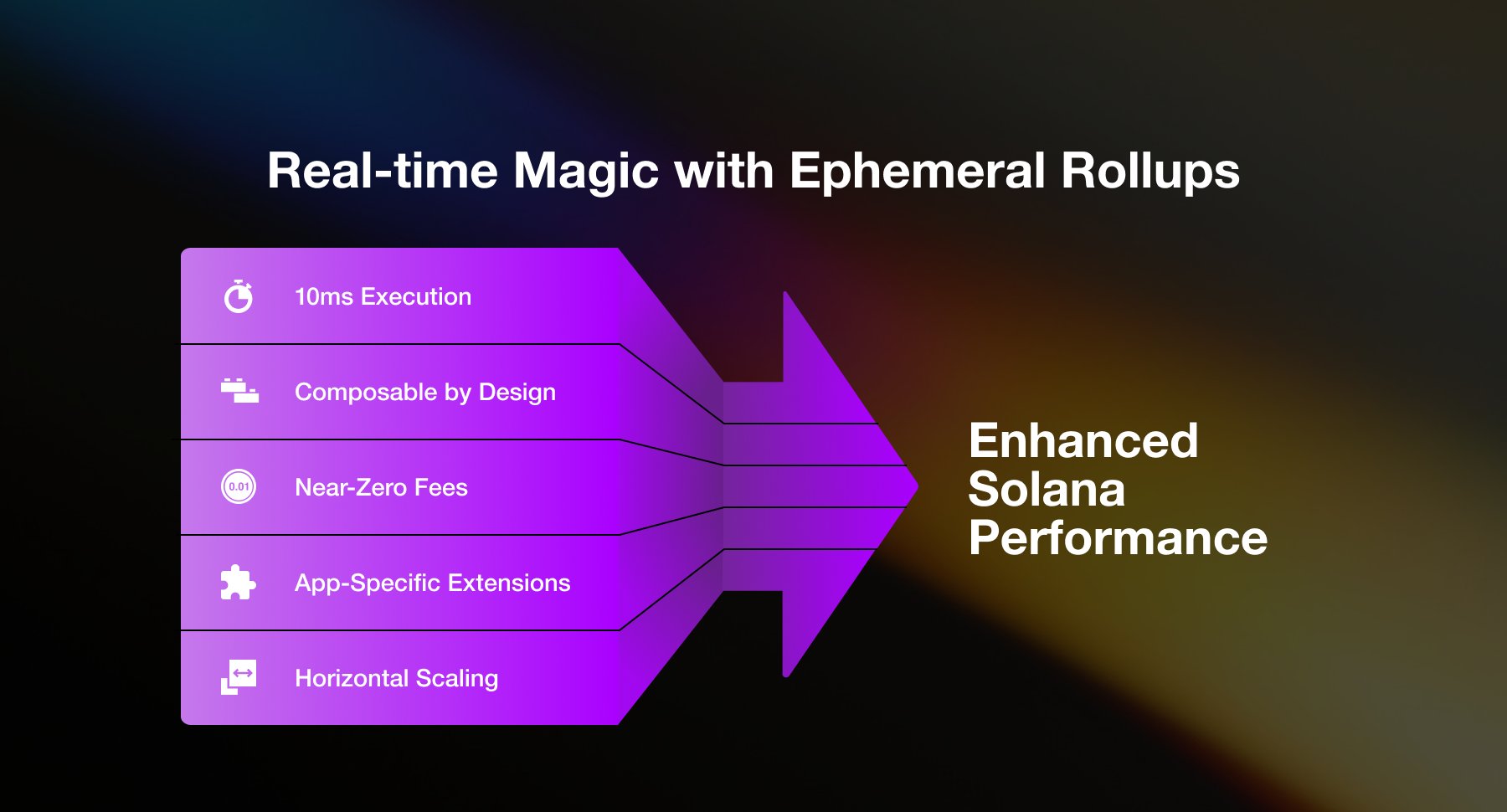
Preserved Composability and State Integrity: All state changes are committed back to Solana’s main chain, ensuring full composability with existing smart contracts and assets, and preventing ecosystem fragmentation.
-

Enhanced Security via Dynamic Fraud Proofs: Ephemeral Rollups utilize a dynamic fraud-proof system and light client verification, allowing challenges during a specified window and ensuring state integrity before finalization.
-
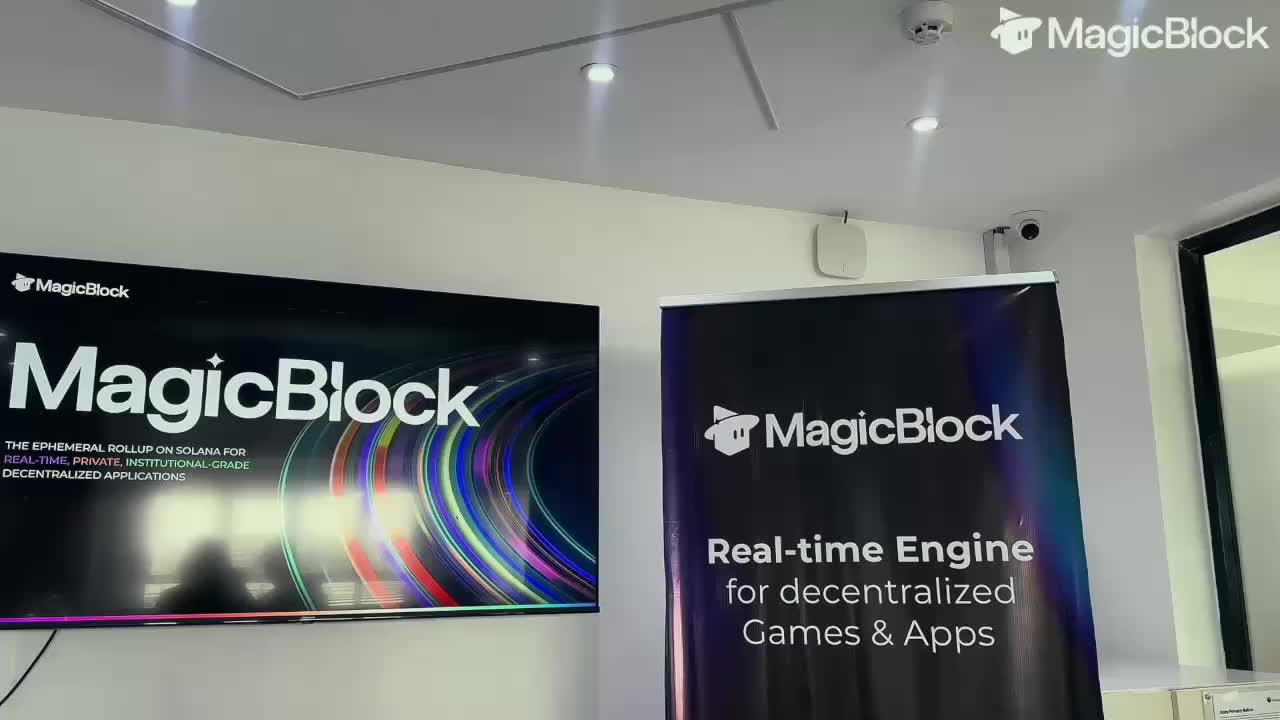
Open Source Innovation: MagicBlock has open-sourced its Ephemeral Validator, empowering developers to build and experiment with high-performance rollups, accelerating the evolution of decentralized applications on Solana.
Use Cases: Beyond Gaming, Finance and Social Apps Go Real-Time
The first wave of adoption has come from blockchain gaming, where milliseconds matter for player experience and fairness. MagicBlock’s architecture lets games run complex logic on-chain without lag or prohibitive fees. But the benefits extend much further:
- High-Frequency Trading: Firms can execute strategies at sub-50ms latency, rivaling centralized exchanges while keeping funds on-chain.
- Decentralized Social Platforms: Ephemeral rollups enable real-time updates for credentials and reputation systems, XO App’s live social layers are a prime example.
- NFT Marketplaces: Flash sales and auctions can be settled instantly without clogging the main chain or spiking fees.
This flexibility is key: developers get custom rollups tailored to their app’s needs, users get Web2-level experiences, and Solana maintains its core strengths in composability and security.
Security concerns are always at the forefront when experimenting with new scalability primitives. Ephemeral rollups on Solana address this by introducing a dynamic fraud-proof mechanism and leveraging a network of light clients that sample and verify rollup state transitions. Developers can set a custom fraud-proof window, during which any honest participant can challenge invalid state updates. Only after this period, and with signatures from the verifying clients, is the updated state finalized back onto Solana’s main chain. This ensures that even as execution speeds skyrocket, the trust model remains robust and transparent.
Open-source momentum is accelerating adoption. MagicBlock’s recent move to open-source their Ephemeral Validator means that any developer can now experiment with creating temporary Solana rollups tailored to their app’s throughput profile or fee market design. This democratizes access to advanced scaling infrastructure and invites community-driven innovation in fee markets, validator specialization, and real-time dApp architecture (read more).
Ephemeral Rollups as a Model for Elastic Blockchain Scalability
The beauty of ephemeral rollups lies in their ability to provide scalability on demand. Instead of fragmenting the ecosystem with permanent app-chains or L2s, Solana dApps can temporarily scale up during peak loads and gracefully return to baseline operation when demand subsides. This elasticity mirrors cloud-native serverless computing, resources are provisioned just-in-time, optimizing both cost and performance.
This paradigm shift is already influencing how teams approach fee market design. By decoupling transaction fees from persistent blockspace competition during rollup sessions, developers gain unprecedented flexibility in monetizing throughput or subsidizing user activity. It also opens doors for innovative mechanisms like dynamic pricing based on session load or custom incentive structures for validators running ephemeral environments.
Distinctive Architectural Features of Ephemeral Rollups
-

Temporary, On-Demand Execution Environments: Ephemeral Rollups create short-lived, application-specific chains that exist only as long as needed, unlike traditional L2s which are persistent and always running.
-
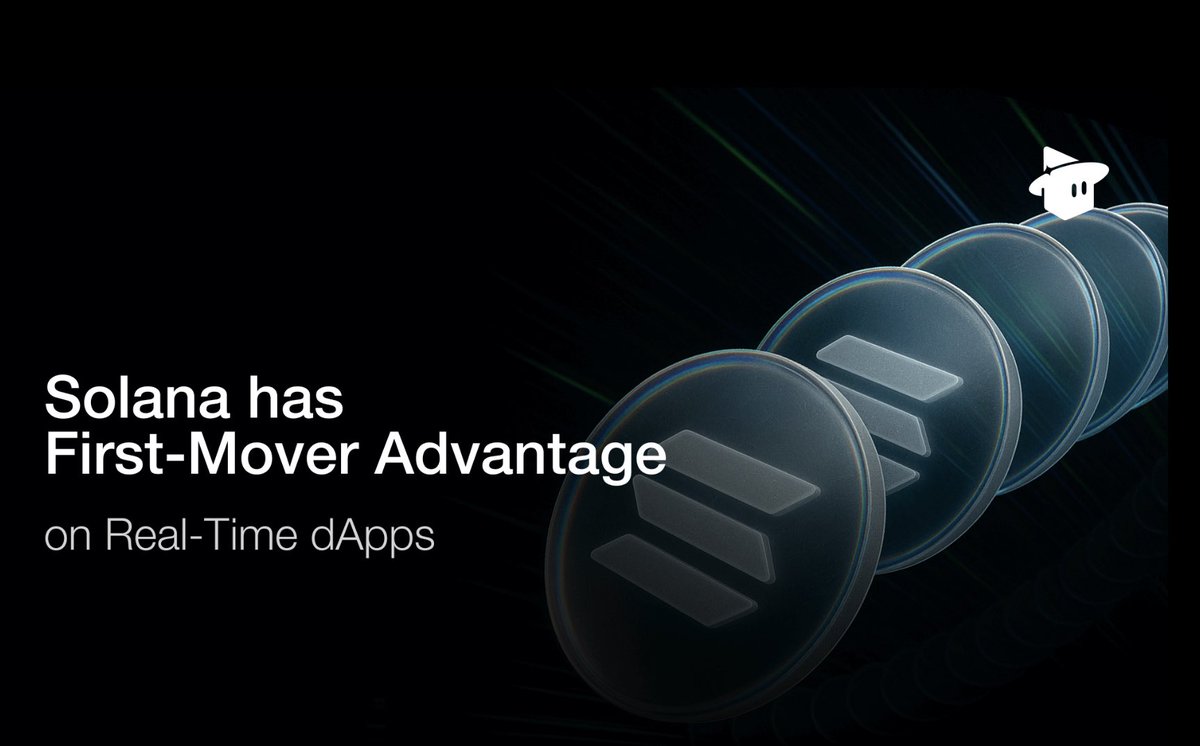
Delegated State via Solana’s Main Chain: Instead of moving contracts off-chain, Ephemeral Rollups temporarily delegate specific state accounts from Solana’s main chain to a high-performance validator, ensuring the core state remains secure and composable.
-
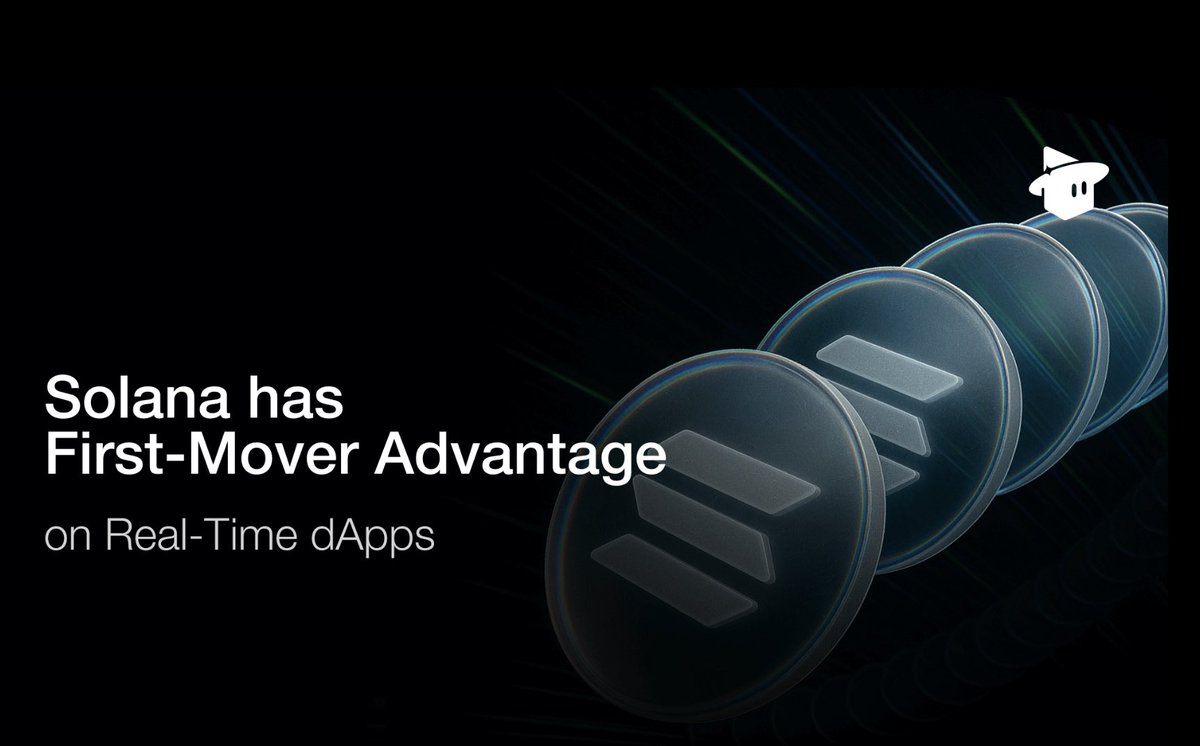
Ultra-Low Latency Processing: By operating outside Solana’s consensus and gossip protocols, these rollups achieve end-to-end latencies below 50 milliseconds, far surpassing both Solana’s native block times and most L2s.
-
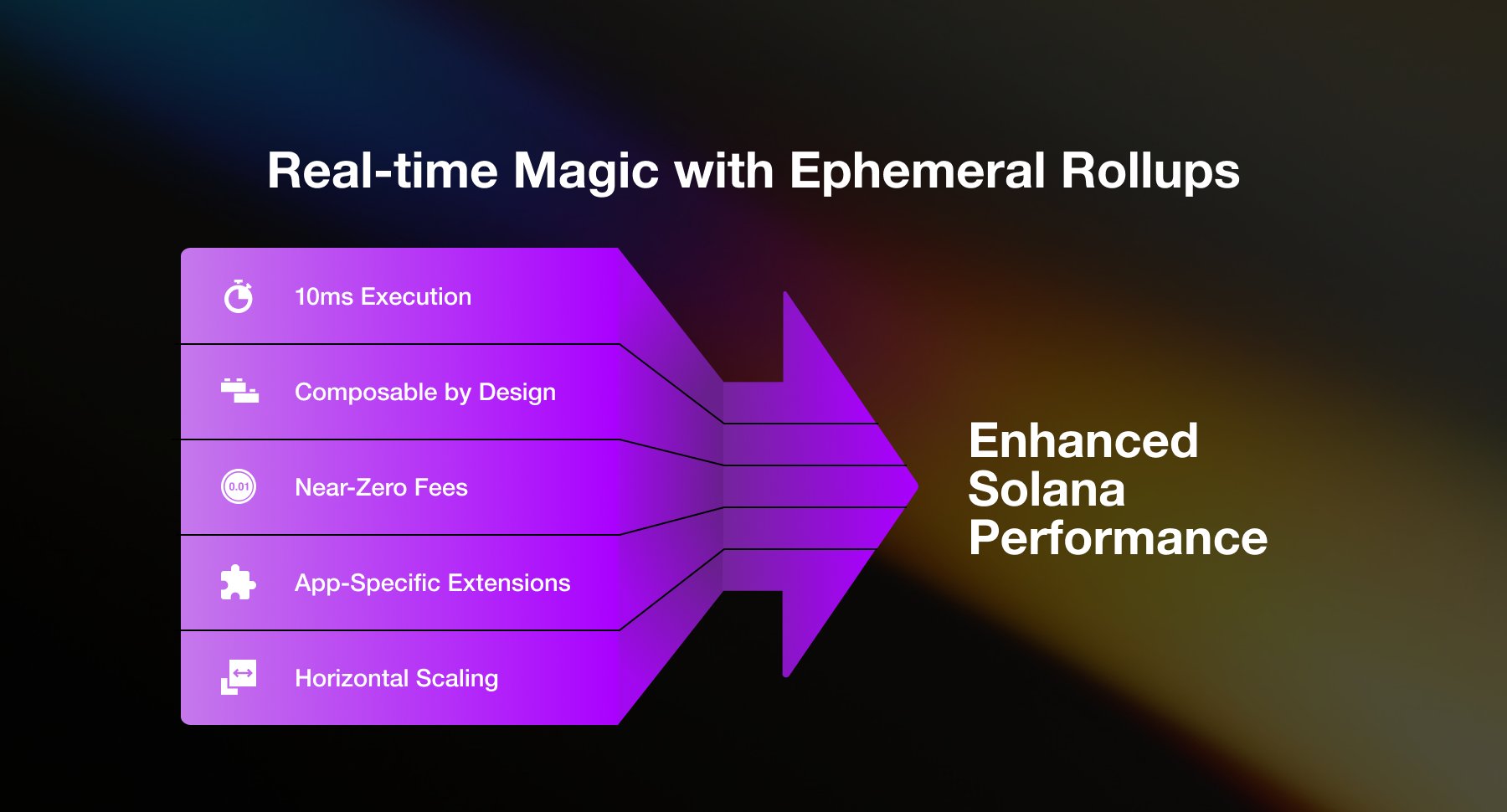
Elastic, Horizontal Scalability: Ephemeral Rollups enable on-demand horizontal scaling, allowing applications to spin up multiple isolated environments for massive throughput without fragmenting the ecosystem.
-
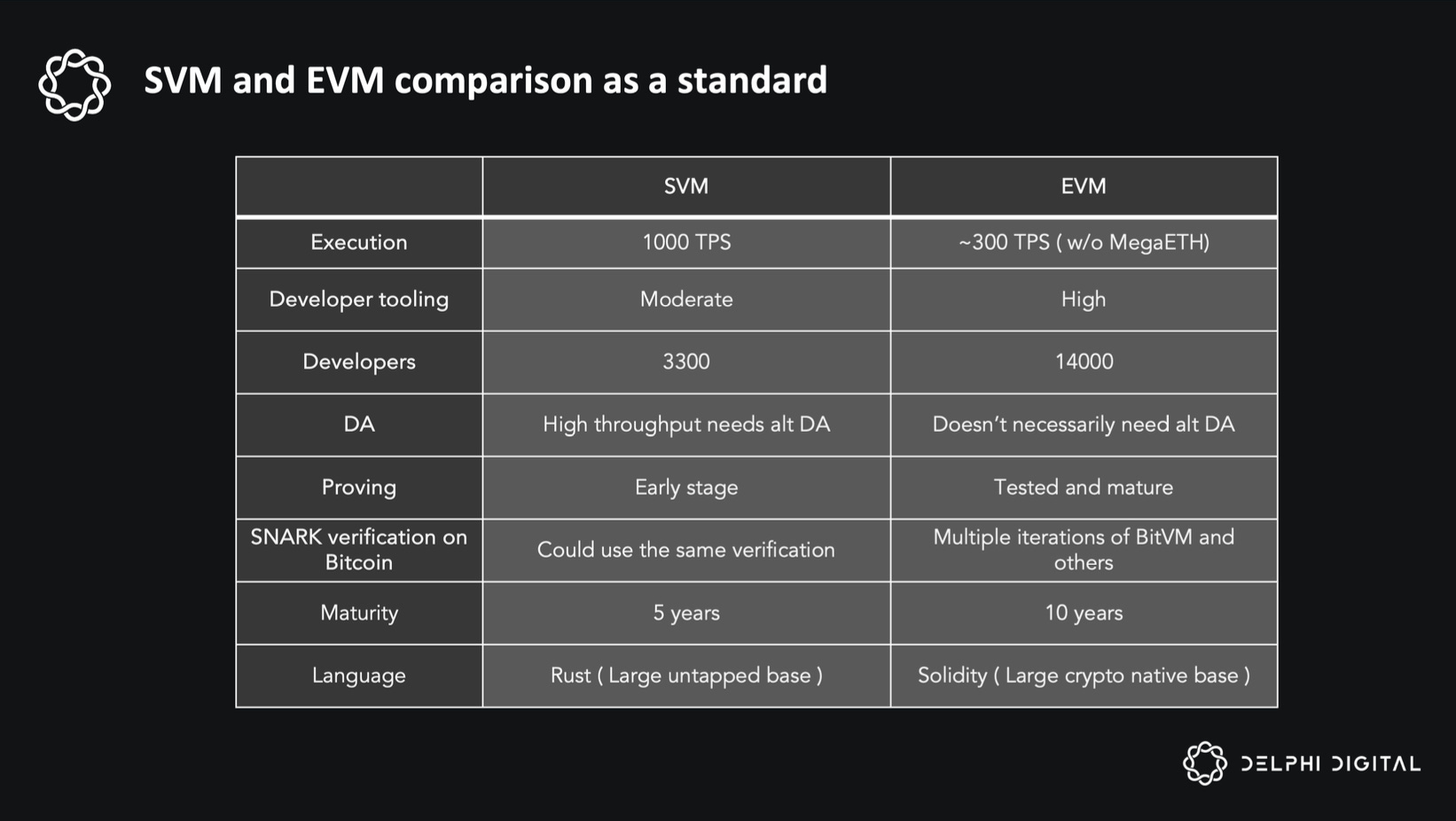
Preserved Composability: Because the application’s logic and state remain on Solana’s main chain, full composability with existing smart contracts and assets is maintained, avoiding the fragmentation seen in many L2s and appchains.
-

Dynamic Fraud-Proof Security: A customizable fraud-proof window and light client sampling ensure that state updates are valid before being committed back to Solana, enhancing security without sacrificing speed.
-
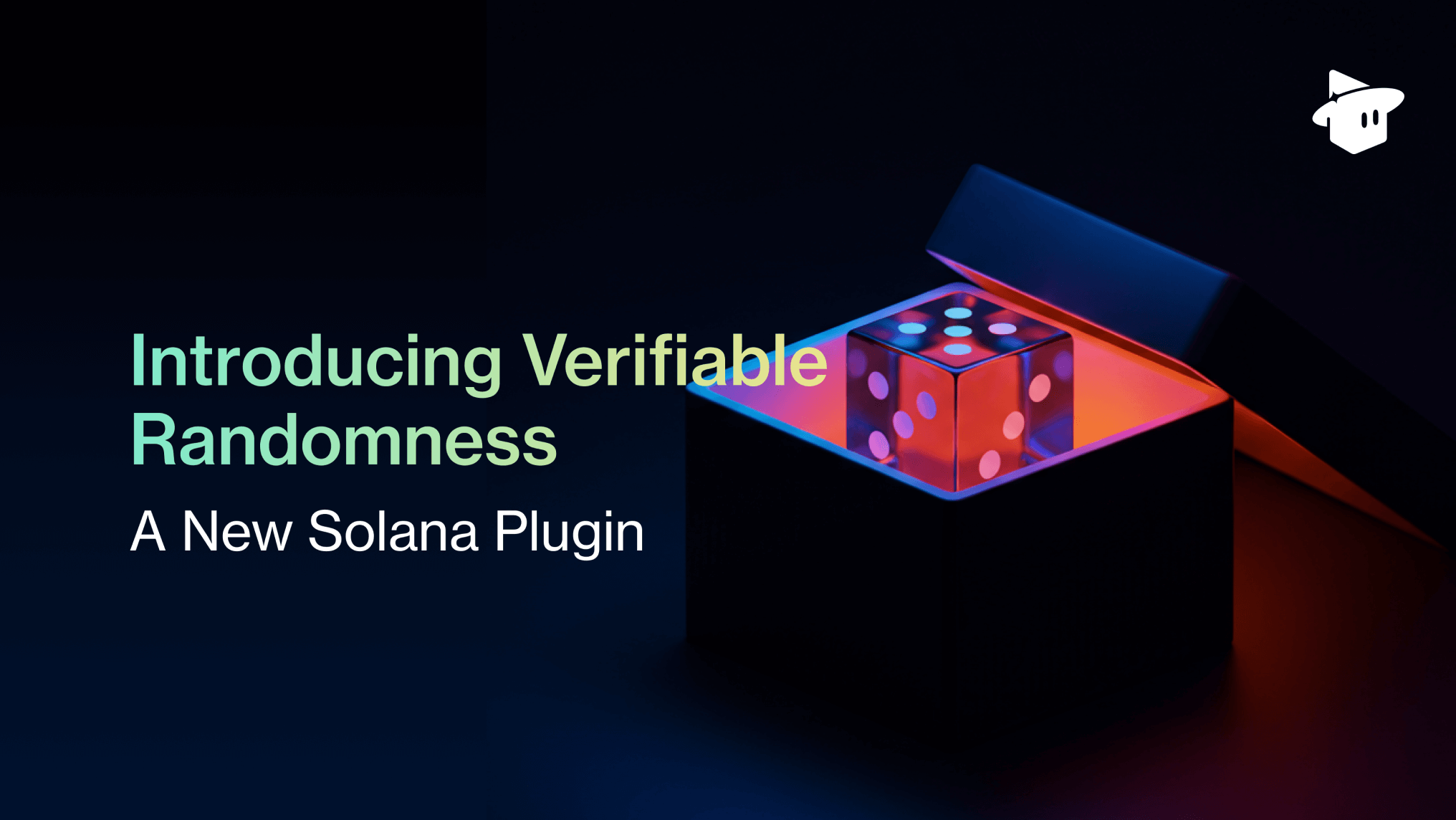
Near-Zero Transaction Fees: By processing transactions off-chain and only committing final state updates, Ephemeral Rollups drastically reduce transaction costs, making high-frequency and gaming applications economically viable.
The Road Ahead: Building With Ephemeral Rollups
As more projects integrate ephemeral rollups into production stacks, whether for gaming tournaments, decentralized orderbooks, or social reputation layers, the broader Solana ecosystem stands to benefit from a virtuous cycle of performance gains and composability. The open-source tooling lowers barriers for experimentation while maintaining the high standards of security and trustlessness that define modern blockchain infrastructure.
With SOL currently trading at $230.82, Solana’s trajectory as a platform for high-throughput application-specific rollups has never been clearer. The next wave of dApps will be defined by their ability to offer real-time responsiveness without sacrificing interoperability or decentralization, a vision made tangible by ephemeral rollup technology.
The future of elastic blockchain scalability isn’t about siloed chains or monolithic L1 upgrades, it’s about empowering developers with tools like ephemeral rollups to meet user demands in real time while preserving the core strengths of composable public ledgers.



